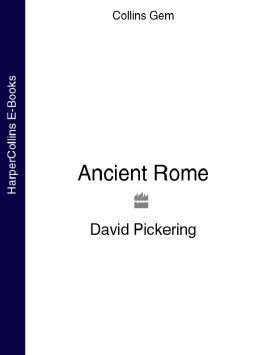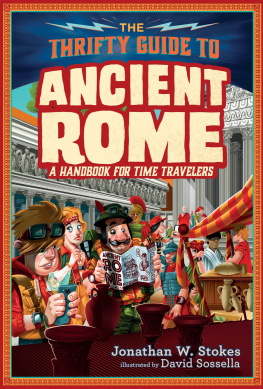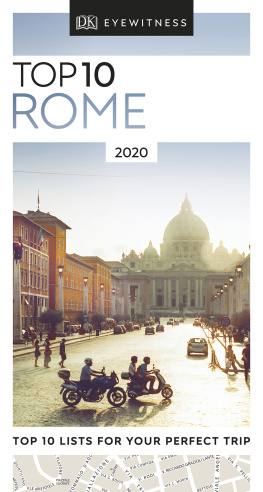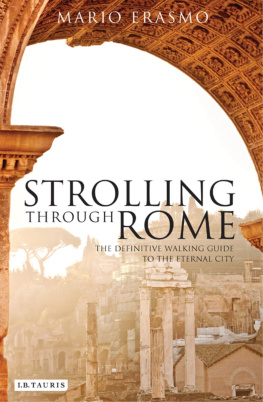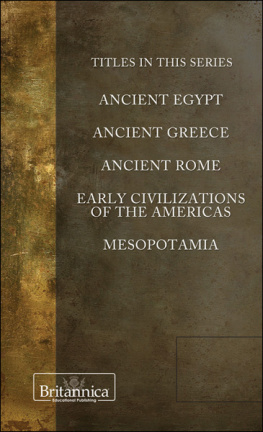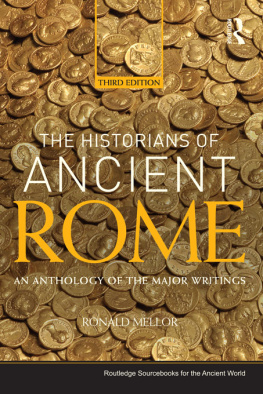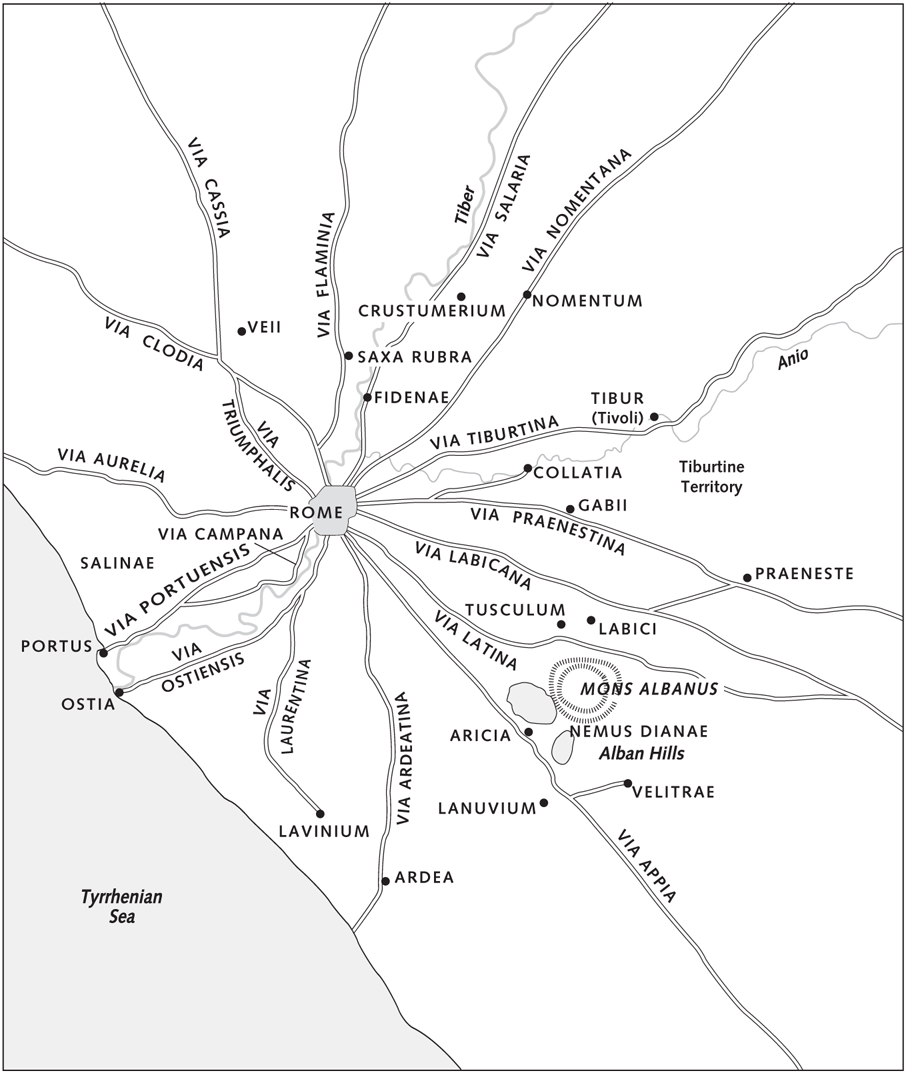O degli altri poeti onore e lume...
The publisher gratefully acknowledges the generous contribution to this book provided by the Classical Literature Endowment Fund of the University of California Press Foundation, which is supported by a major gift from Joan Palevsky.
ROME AND ENVIRONS
An Archaeological Guide
FILIPPO COARELLI
Translated by
JAMES J. CLAUSS AND DANIEL P. HARMON
Illustrations adapted by
J ANTHONY CLAUSS AND PIERRE A. MACKAY
Updated Edition

UNIVERSITY OF CALIFORNIA PRESS
Berkeley Los Angeles London
University of California Press, one of the most distinguished university presses in the United States, enriches lives around the world by advancing scholarship in the humanities, social sciences, and natural sciences. Its activities are supported by the UC Press Foundation and by philanthropic contributions from individuals and institutions. For more information, visit www.ucpress.edu.
The text is a translation of an original manuscript provided by Filippo Coarelli that includes updated and revised chapters from three of his books in the Guide archeologiche Laterza series (Rome and Bari: Gius. Laterza & Figli S.p.A): Roma ( 1995 and 2003), Dintorni de Roma ( 1993), and Italia Centrale ( 1985).
University of California Press
Berkeley and Los Angeles, California
University of California Press, Ltd.
London, England
2007, 2014 by The Regents of the University of California
ISBN 978-0-520-28209-4 (paper)
ISRN 978-0-520-95780-0 (ebook)
The Library of Congress has cataloged an earlier edition of this book as follows:
Library of Congress Cataloging-in-Pubhcation Data
Coarelli, Filippo.
Rome and environs : an archaeological guide / Filippo Coarelli; translated by James J. Clauss and Daniel P. Harmon ; illustrations adapted by J Anthony Clauss and Pierre A. MacKay.
p. cm.
The text is a translation of an original manuscript provided by Filippo Coarelli that includes updated and revised chapters from three of his books in the Guide archeologiche Laterza series (Rome and Bari: Gius. Laterza & Figli S.p.A): Roma (1995 and 2003), Dintorni di Roma (1993), and Italia Centrale (1985). Includes bibliographical references and index.
ISBN 978-0-520-07960-1 (cloth : alk. paper)
ISBN 978-0-520-07961-8 (pbk. : alk. paper)
1. Rome (Italy)Antiquities Guidebooks. 2. Rome Region (Italy)AntiquitiesGuidebooks. I. Title.
DG62.C623 2007
937.6dc22
2006016234
Manufactured in China
23 22 21 20 19 18 17 16 15 14
10 9 8 7 6 5 4 3 2 1
The paper used in this publication meets the minimum requirements of ANSI/NISO Z 39.48-1992 ( R 2002) (Permanence of Paper) .
CONTENTS
TRANSLATORS PREFACE
In the late 1980s, when the Department of Classics at the University of Washington began its Seminar in Rome, we found that the only book that presented a complete guide of the city and could serve as a teaching text on Roman topography was Filippo Coarellis magisterial Roma. The guide not only discussed the major monuments but also offered remarkable detail about the archaeological, architectural, political, religious, and cultural history in a section-by-section survey of the city, including countless minor monuments that lie in basements, under churches, along the side of hard-to-find alleys, or wherever antiquities might lurk in the Eternal City.
The various editions of Coarellis Roma provide tourists, teachers, and students with critical information about the marvels of the Colosseum and Pantheon, while also leading them confidently to such unforgettable remains as the one visible fragment of the Temple of Matidia, the Emperor Hadrians mother-in-law, that sits inconspicuously in the Vicolo della Spada dOrlando. On more than a few occasions, when we asked doormen if we could visit archaeological remains in their buildings, they would exclaim, How did you know it was here? So many who pass by are completely unaware of its existence! The problem for most people, however, has been the need to read Italian to benefit from the treasures that Roma has to offer.
In our initial conversations with Professor Coarelli, during which we worked out plans to develop an English version of his text, he suggested that we expand its scope and include sections of his Italia Centrale and Dintorni di Roma. Thus, what you have before you is a thoroughly engaging archaeological guide not only of the city of Rome but also of much of its environs, including the important and much-visited sites of Ostia Antica, Hadrians Villa, Palestrina, the Catacombs, and many of the fascinating monuments that line the various major roads that led to Rome, such as the historic Appian Way. Rome and Environs: An Archaeological Guide gives English-speaking readers the opportunity to visit Rome and its surrounding territory armed with the information and insights of one of the most influential scholars of Roman topography.


